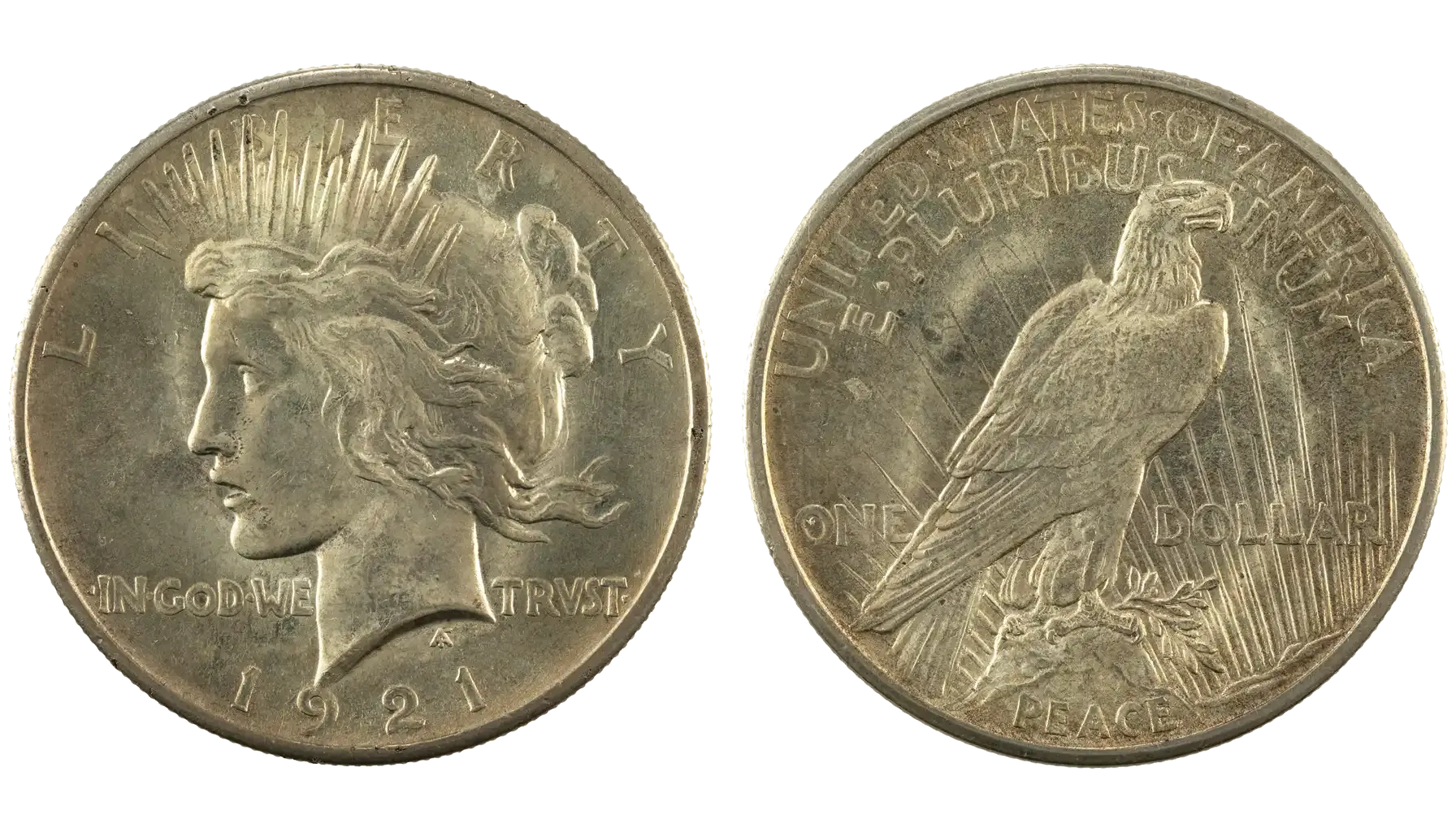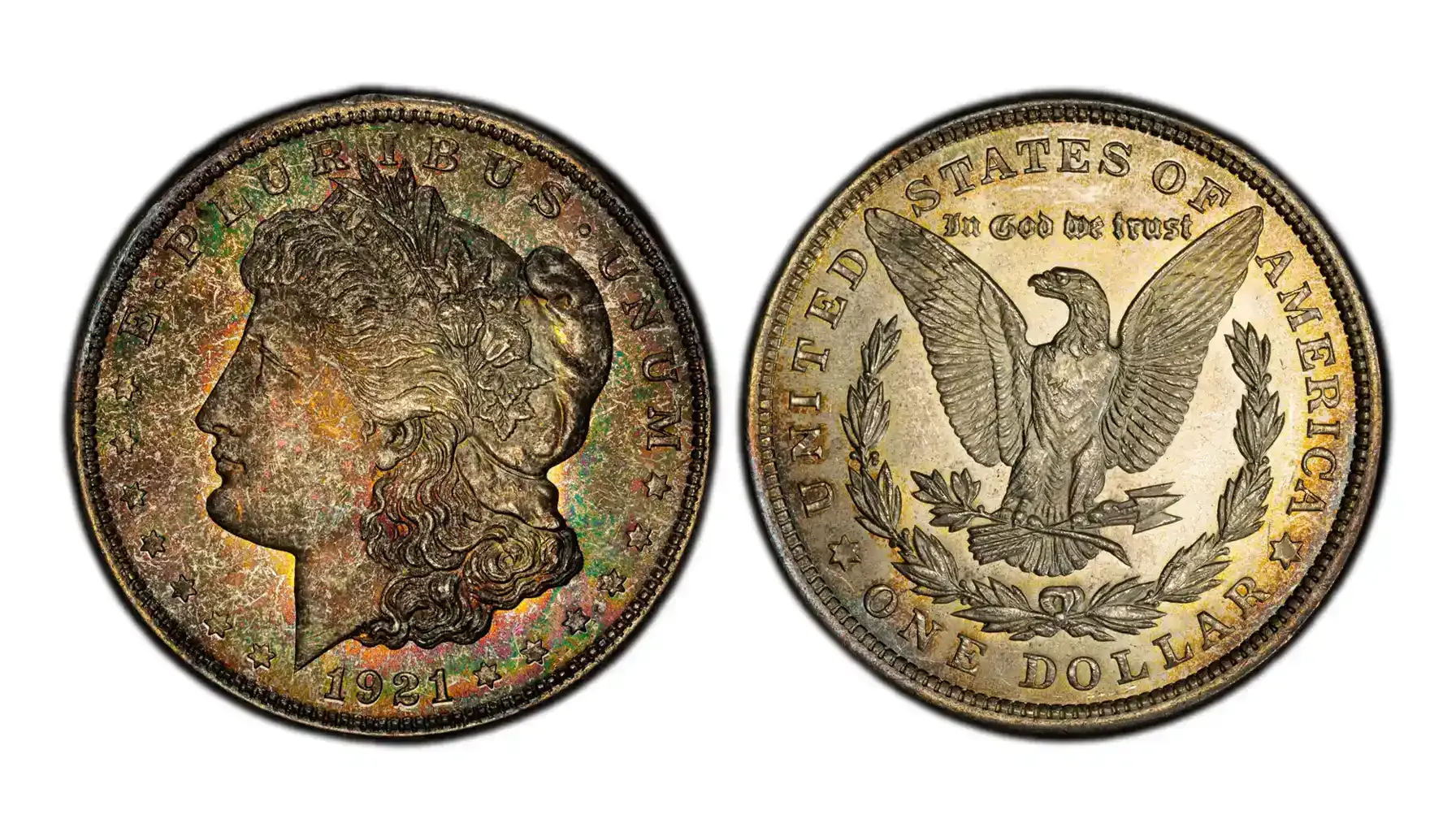Contents:
- Introduction to the 1912 Liberty Head Nickel
- Where Is the Mint Mark on a 1912 V Nickel?
- 1912 V Nickel Value by Mint Mark (P, D, S)
- 1912 Liberty Head Nickel Proofs and Their Value
- Error Coins: Rare 1912 V Nickel Errors to Look For
- How Much Is a 1912 Nickel Worth Today?
- Comparison: 1912 Liberty vs. 1912 Buffalo Nickel
- Final Thoughts: Should You Collect the 1912 Liberty Head Nickel?
The 1912 Liberty Head nickel, also known as the “V” nickel, is one of the last coins of its kind. While some 1912 coins are easy to find and inexpensive, others — especially with rare mint marks — can be worth a surprising amount. The obverse features Lady Liberty’s portrait, framed by stars and the words “United States of America.” This design gives the coin a classic, historical appeal.
This year, the mints produced Liberty nickels at more than one location for the first time. The U.S. Mint made 1912 nickels in three places: Philadelphia, Denver, and the San Francisco Mint.
These D and S mint mark nickels are much harder to find and often more valuable. The San Francisco issue had the lowest mintage of the three, making it highly sought after by collectors. Some versions even feature proof finishes or rare mint errors.
If you possess a 1912 nickel, you may be interested in its value. Value depends on the mint mark, condition, and whether it has any unusual features. This guide will help you figure that out — or you can use a trusted tool to check coin value instantly.
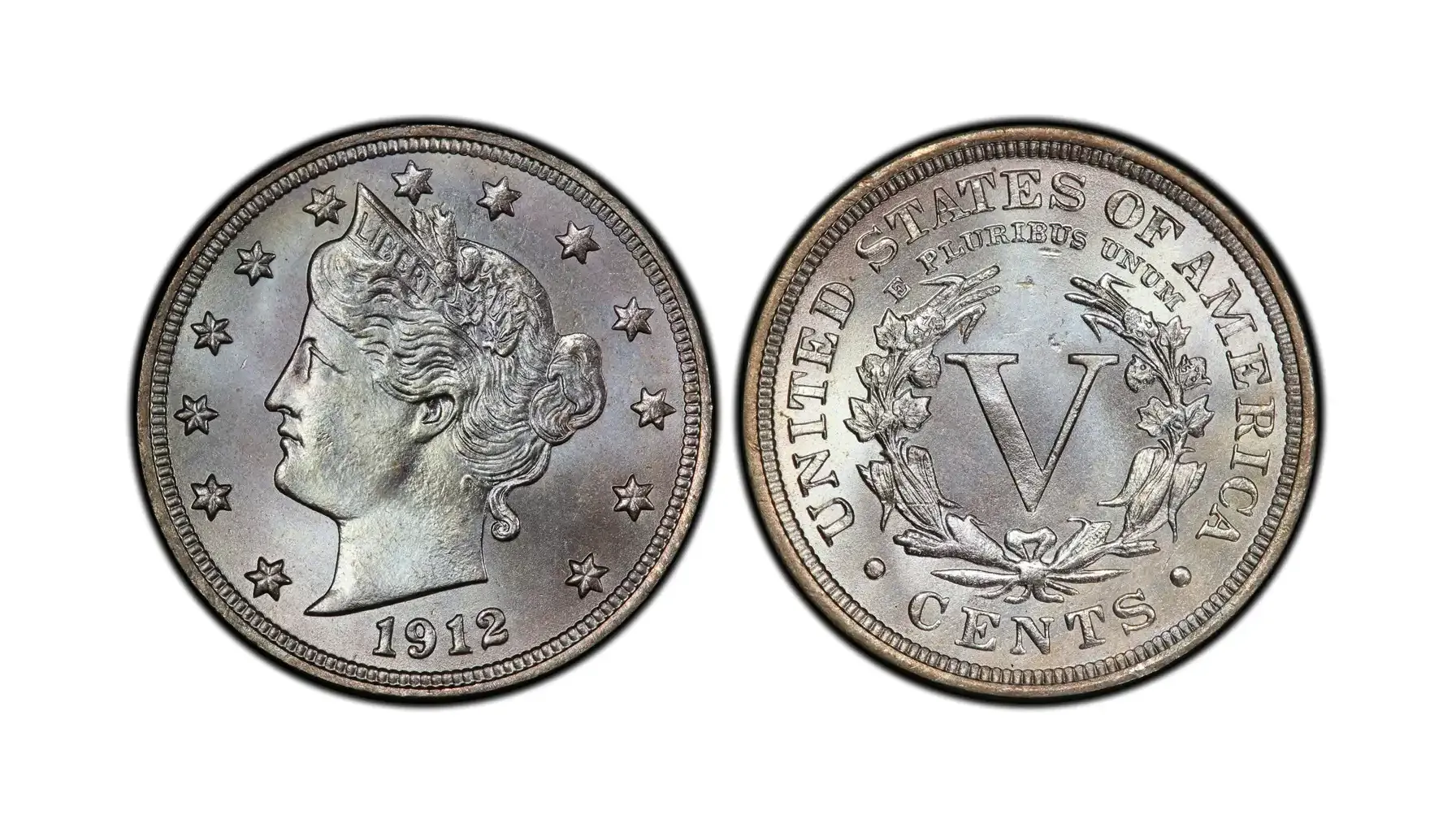
Introduction to the 1912 Liberty Head Nickel
The 1912 nickel stands out in U.S. coinage as the last coin in the Liberty Head series. Many of these nickels saw daily use, but collectors now look for ones in good condition. Some versions are worth more because of their low mintage, especially those from the Denver Mint, which made fewer coins than Philadelphia.
Also called the Liberty nickel 1912, this coin shows a portrait of Liberty on the front. The reverse features a large Roman numeral “V” inside a wreath. This simple design stands out compared to Shield nickels, which look more detailed and crowded. The clean look makes the Liberty nickel popular with both new and experienced collectors.
Charles E. Barber designed the Liberty Head nickel 1912 when he worked as Chief Engraver at the U.S. Mint. People used this design from 1883, so it became a common coin in everyday life. The 1912 version is important because it was the last official release of the Liberty Head nickel 1912. The U.S. Mint never officially released the 1913 Liberty Head nickel.
The 1912 US nickel is special because three different mints made it: Philadelphia, Denver, and San Francisco. This change added variety to the series and gave collectors more versions to hunt for. Each mint's output had different quantities, which still affects coin values today.

Where Is the Mint Mark on a 1912 V Nickel?
The 1912 V nickel is special because three mints made it: Philadelphia, Denver, and San Francisco. Identifying the mint mark on your coin can provide insights into its origin and potential value.
To locate the mint mark on a 1912 V nickel, examine the reverse side of the coin, just below the word "CENTS." If present, you'll find a small letter indicating the mint: "D" for Denver or "S" for San Francisco. Coins minted in Philadelphia do not bear a mint mark. Understanding the 1912 V nickel mint mark location is crucial for collectors aiming to determine the coin's provenance and rarity.
The 1912 S V nickel, produced in San Francisco, is particularly sought after because of its low mintage of only 238,000 pieces, making it the rarest among the three. In contrast, the 1912 D nickel from Denver had a higher mintage of approximately 8.4 million coins, making it more common but still desirable, especially in higher grades.
Here's a quick guide to identifying:
No mint mark: Minted in Philadelphia.
"D" mint mark: Minted in Denver.
Coins with an "S" mint mark were produced at the San Francisco Mint.
The mint mark is positioned on the reverse of the coin, directly beneath the inscription "CENTS."
If your coin lacks a mint mark, it's a 1912 V nickel no mint mark, indicating it was produced in Philadelphia. While these are more common, their value can still be significant, especially if the coin is in excellent condition or has unique features. For a more detailed exploration of the 1912 Liberty Nickel Value s, you can refer to this comprehensive guide.
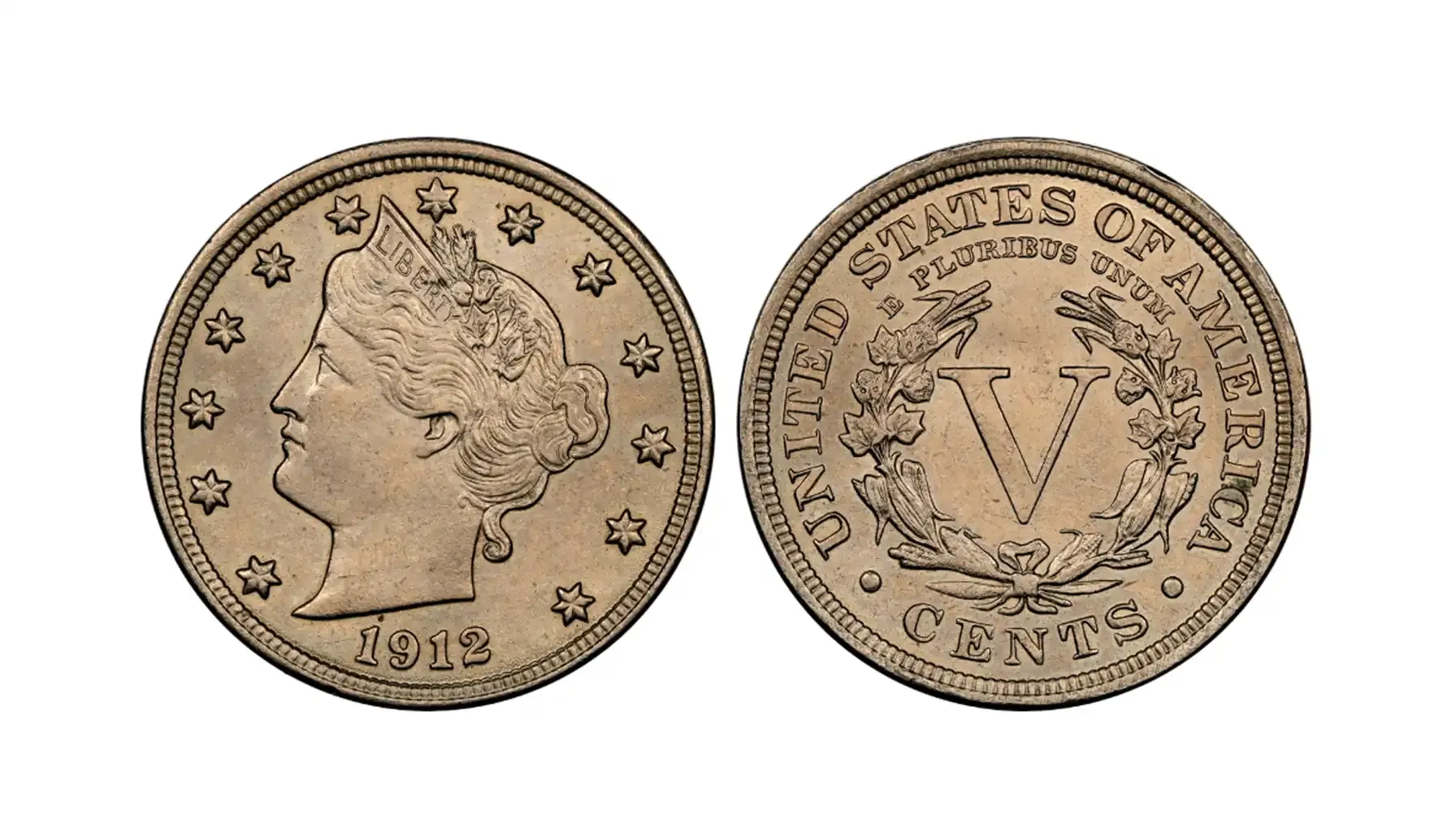
1912 V Nickel Value by Mint Mark (P, D, S)
The 1912 V nickel value can vary quite a bit depending on the mint mark and the condition of the coin. While many from this year are still affordable for beginner collectors, others — especially rare mint-marked versions — can be worth hundreds or even thousands of dollars.
Among the three mints that produced Liberty nickels in 1912, Denver and San Francisco coins are generally more valuable than those from Philadelphia. The 1912 D V nickel had a higher mintage than the San Francisco issue, but well-preserved examples can still bring a strong price. Coins with clear details and little wear, especially in the higher MS grades, are much more desirable.
On the other hand, the 1912 S nickel is considered the rarest of the group. Its low mintage makes it one of the key dates in the Liberty Head series. The 1912 S Liberty nickel is often found in worn condition, but if you manage to find one in higher grades, its value can skyrocket.

Mint Mark | Condition | Estimated Value Range |
No Mint (P) | Good – MS65 | $2 – $275+ |
D | Good – MS65 | $7 – $400+ |
S | Good – MS65 | $25 – $5,000+ |
Collectors looking for a strong addition to their Liberty nickel set often prioritize coins like the 1912 D V nickel value and especially those from San Francisco.
1912 Liberty Head Nickel Proofs and Their Value
In 1912, the Philadelphia Mint produced a limited number of 1912 Liberty Head nickel proofs, totaling just 2,145 pieces. These coins were specially struck for collectors, featuring sharp details and a mirror-like finish. While most exhibit a brilliant surface, a select few display a cameo contrast, making them particularly desirable among numismatists.
Important to note that these proof coins were minted in Philadelphia and, as such, bear no mint mark. This distinguishes them from their Denver and San Francisco counterparts, which do carry mint marks. Collectors seeking a 1912 V nickel value no mint mark should consider the proof versions, especially those in superior grades, as they represent the pinnacle of the Liberty Head nickel series.
Overall, the 1912 Liberty nickel value for proof specimens reflects their rarity and the craftsmanship involved in their production. Owning such a coin is not only a testament to a collector's dedication but also a tangible piece of early 20th-century American numismatic history.

Error Coins: Rare 1912 V Nickel Errors to Look For
Collectors often seek out 1912 V nickel errors, as these rare minting anomalies can significantly increase a coin's value. While most were struck without issue, a few notable errors have been documented, making them prized finds for numismatists.
Determining what is a 1912 V nickel worth depends not only on its condition and mint mark but also on the presence of such errors. Standard coins in circulated condition may hold modest value, but those with unique errors can command much higher prices in the collector market.
Notable 1912 V Nickel Errors:

Lamination Errors: These occur when impurities in the metal cause layers to separate, leading to peeling or flaking on the coin's surface. Such errors can be found and are valued based on the severity and location of the flaw.
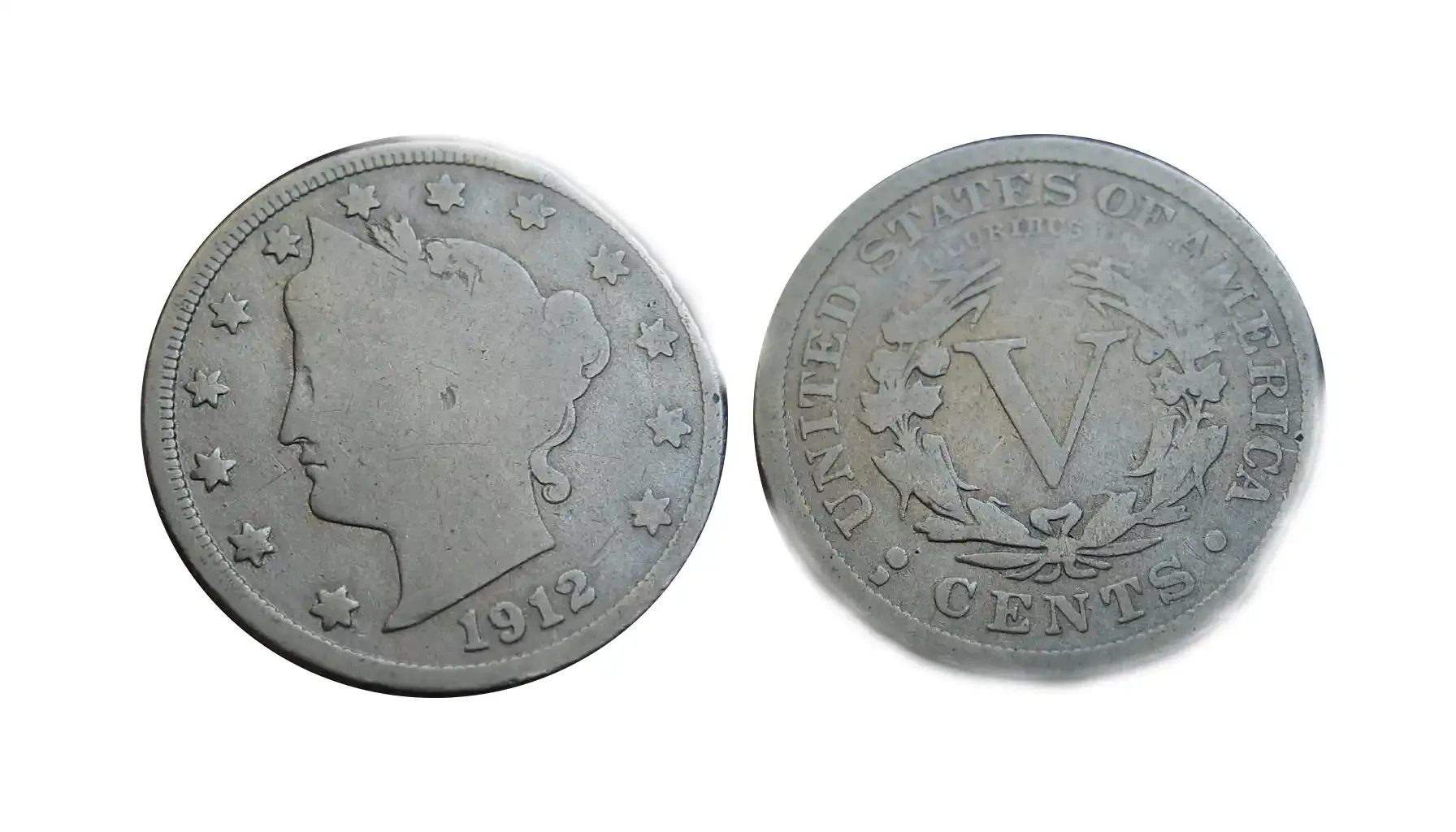
Clipped Planchets: Resulting from a misfeed during the blanking process, these coins have a portion missing, typically along the edge, giving them a distinctive appearance. Clipped planchet errors are relatively rare and sought after by collectors.

Struck Through Errors: Occur when foreign material, like grease or debris, is present on the die during striking, leaving an impression or void on the coin's surface. These errors can vary in appearance and are evaluated on a case-by-case basis.
Understanding the value of a 1912 V nickel with such errors requires careful examination and, often, professional appraisal.
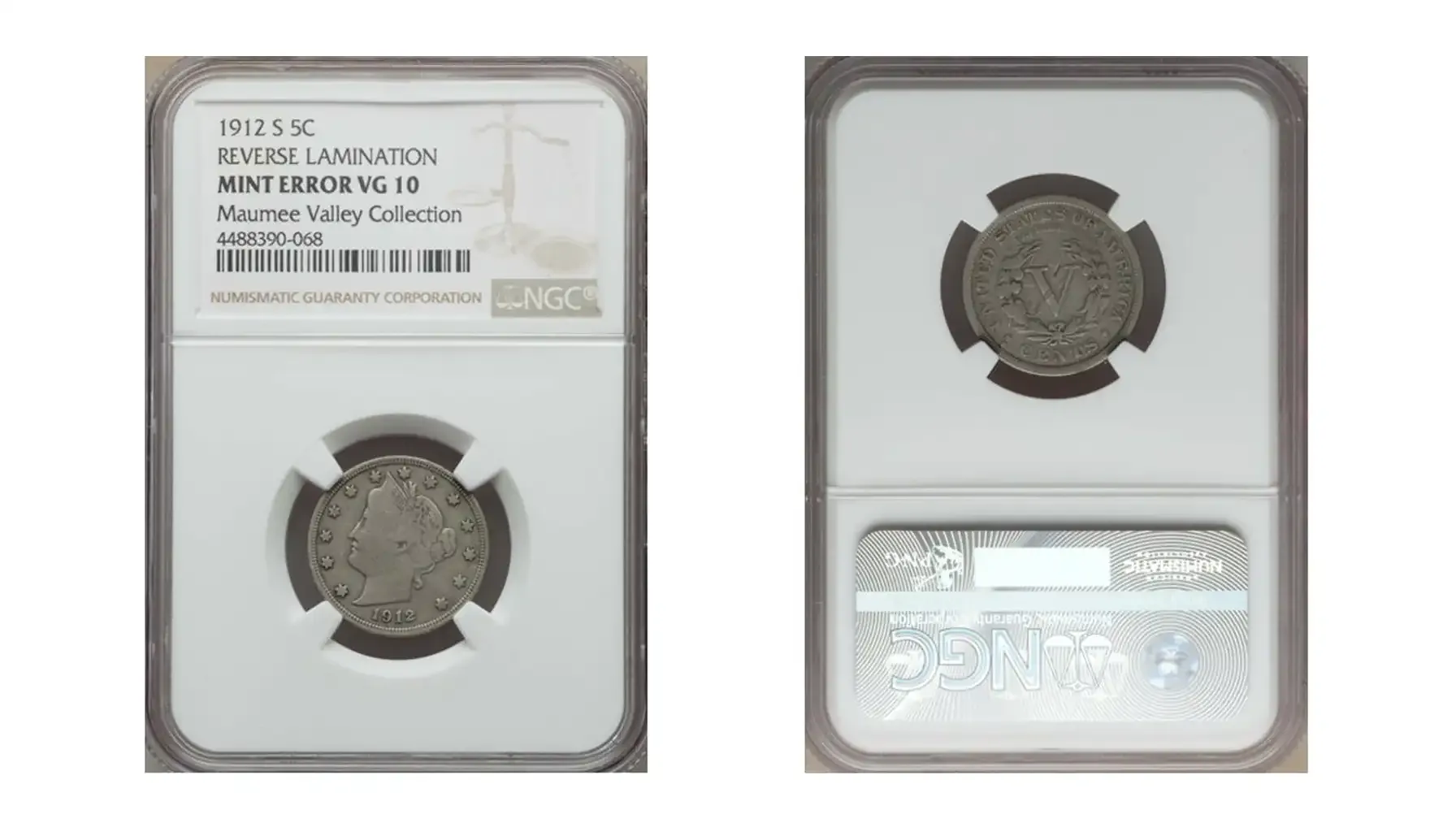
How Much Is a 1912 Nickel Worth Today?
You are not alone in your inquiry regarding the value of a 1912 nickel; it is one of the most frequently inquired queries by both collectors and casual coin holders. The value depends heavily on its mint mark, grade, and whether it is a standard issue or a proof. Circulated coins with visible wear tend to be worth less, while those in like new condition or proof condition can reach much higher prices in today's market.
The value today ranges from just a few dollars for worn examples to well over $1,000 for rare proofs in pristine condition. Some coins gain added value if they have full design details or special features, such as sharp strikes or cameo proof finishes. Whether you’re holding a Philadelphia, Denver, or San Francisco issue, this chart offers a quick look at typical prices collectors are paying in 2025. These 1912 nickel value today estimates are based on retail pricing and recent auction trends.
Coin Type | Grade | Retail Value Estimate |
Circulated | VG – XF | $2 – $40 |
like new condition | MS60 – MS66 | $50 – $500+ |
Proof | PR63 – PR67 | $250 – $1,200+ |
Comparison: 1912 Liberty vs. 1912 Buffalo Nickel
The year 1912 marked the final production of the 1912 Liberty nickel, also known as the "V" nickel, which had been in use since 1883. Designed by Charles E. Barber, the coin shows a portrait of Lady Liberty on the front and a large Roman numeral "V" on the back, standing for its five-cent value.
This final-year issue is especially notable because it was also the first year Liberty nickels were produced at branch mints — Denver and San Francisco — alongside Philadelphia. For collectors, the 1912 V nickel represents both the end of an era and a highly collectible classic.
You might be surprised to hear references to a 1912 Buffalo nickel, but no such coin actually exists — the series officially began in 1913. However, because the Liberty design ended in 1912 and the Buffalo design launched right after, some people mix them up. To better understand the differences between these two nickel types and their place in U.S. coin history, you can explore this helpful V nickel coin value guide which includes background on both styles and their values over the years.
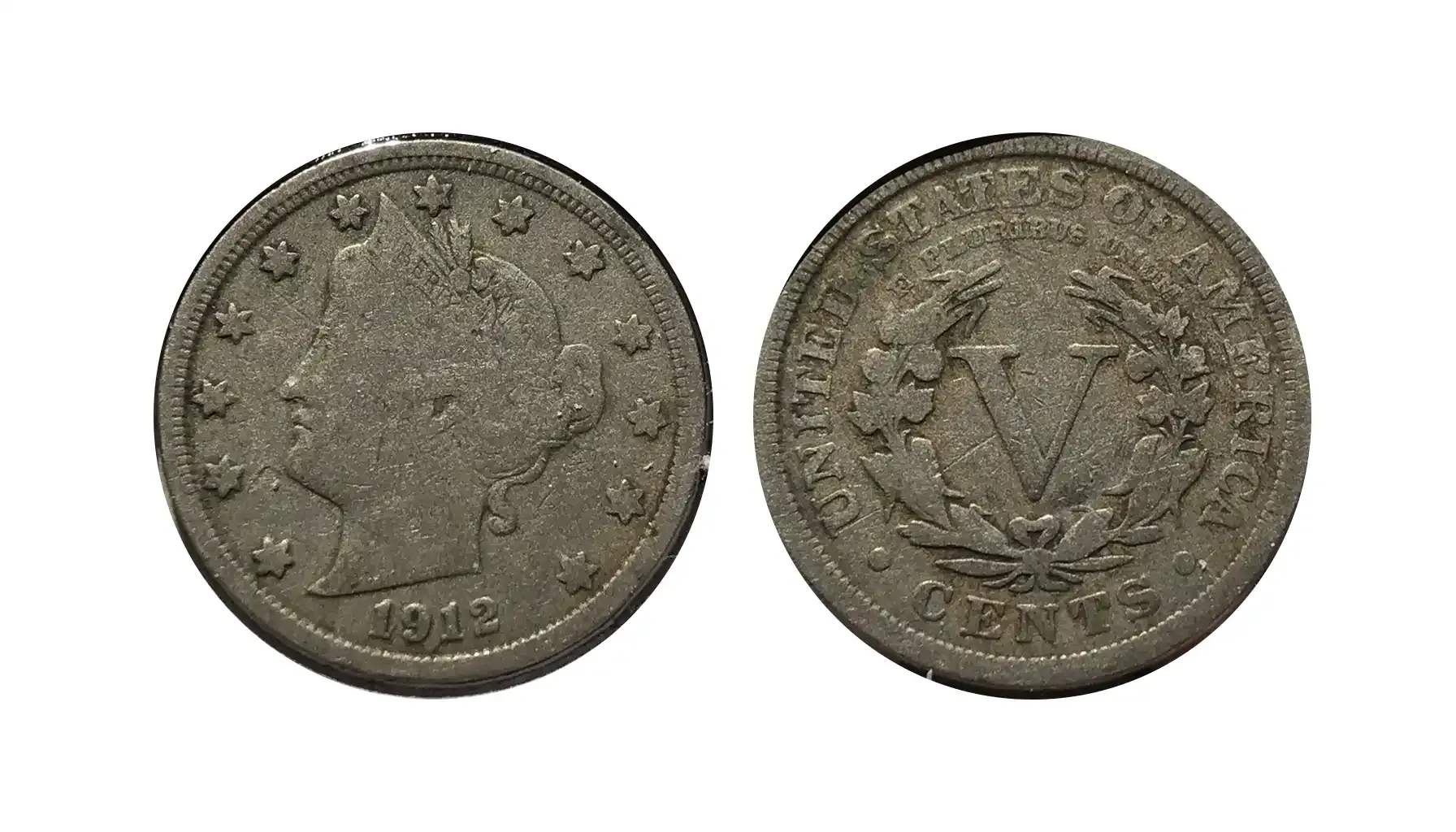
Final Thoughts: Should You Collect the 1912 Liberty Head Nickel?
If you’re thinking about adding the 1912 Liberty nickel to your collection, you’re in good company. This coin has historical charm, a classic design, and real collector interest. Whether you’re looking for an affordable circulated piece or aiming to own a rare high-grade proof, the 1912 Liberty Head nickel value makes it accessible at many levels. One standout version is the 1912-S Liberty Head nickel, which had the lowest mintage of the year and remains a key date for serious collectors.
As with any collectible coin, condition and real matter. Store your nickel in a protective holder to prevent wear, and avoid cleaning it, as that can lower its value.
If you're planning to sell or trade, it’s smart to have your coin evaluated by trusted grading services, which can confirm its original and market appeal. And don’t forget to admire the historical details — like the motto E Pluribus Unum inscribed on the reverse — a phrase that reflects unity and adds symbolic value to this timeless American coin. So, how much is a 1912 V nickel worth? It depends — but with the right knowledge and care, this coin can become one of the highlights of your collection.


